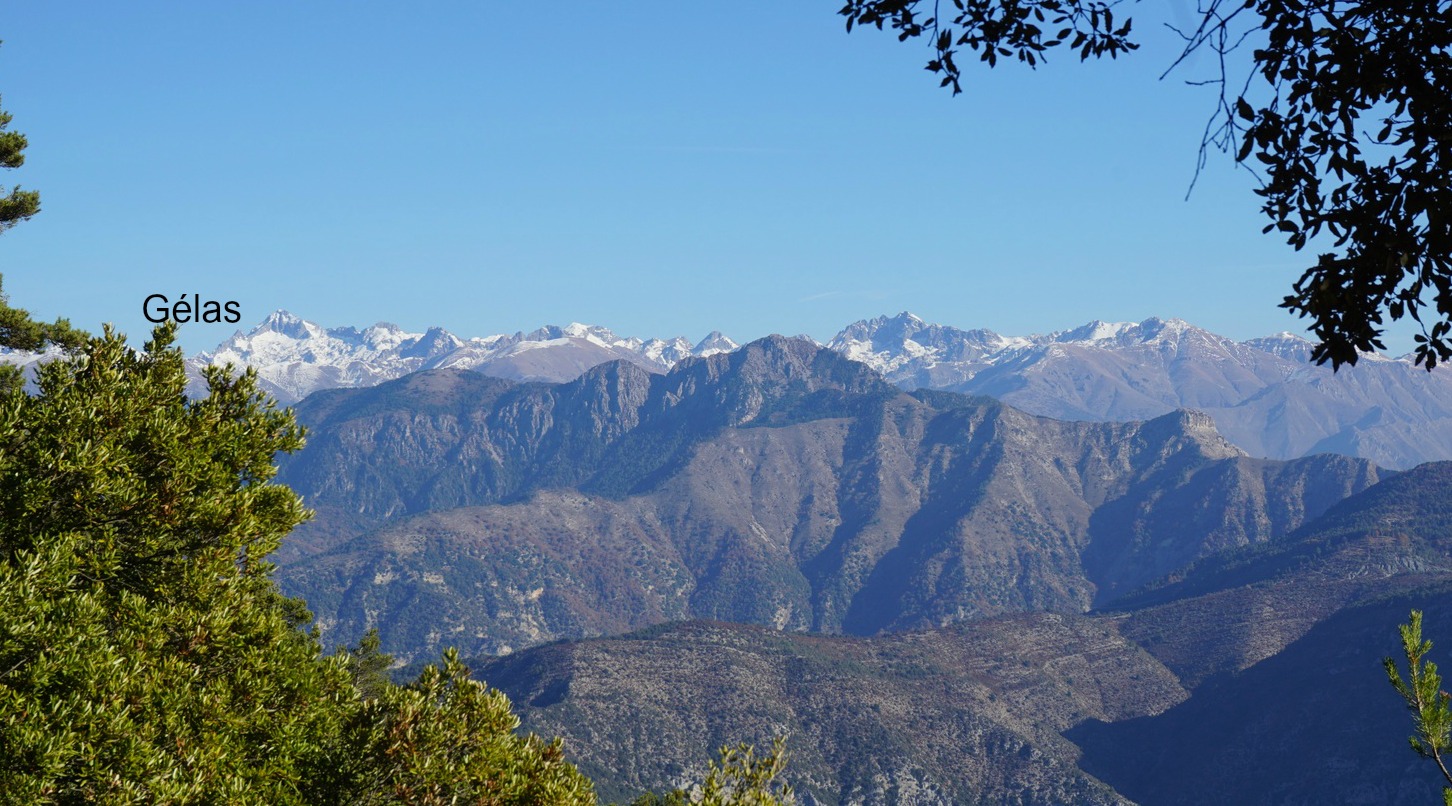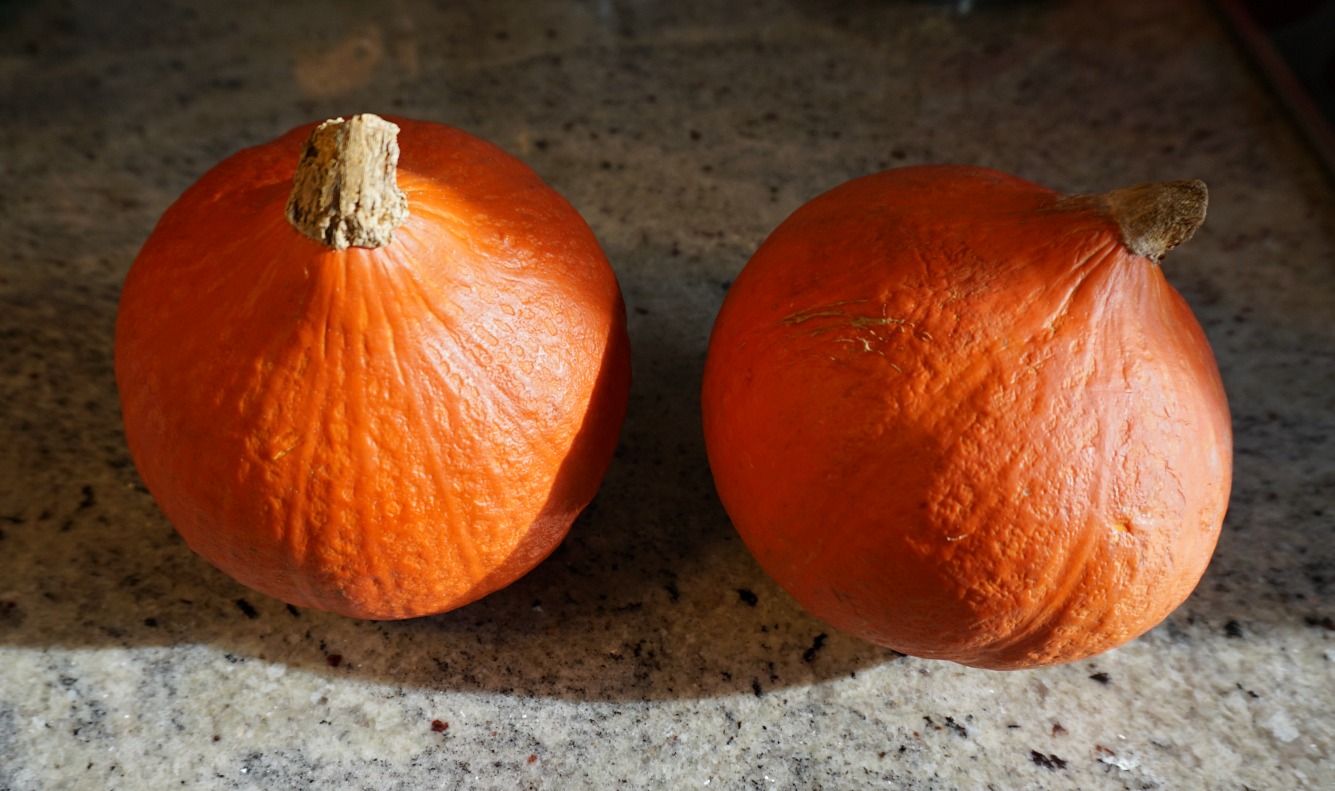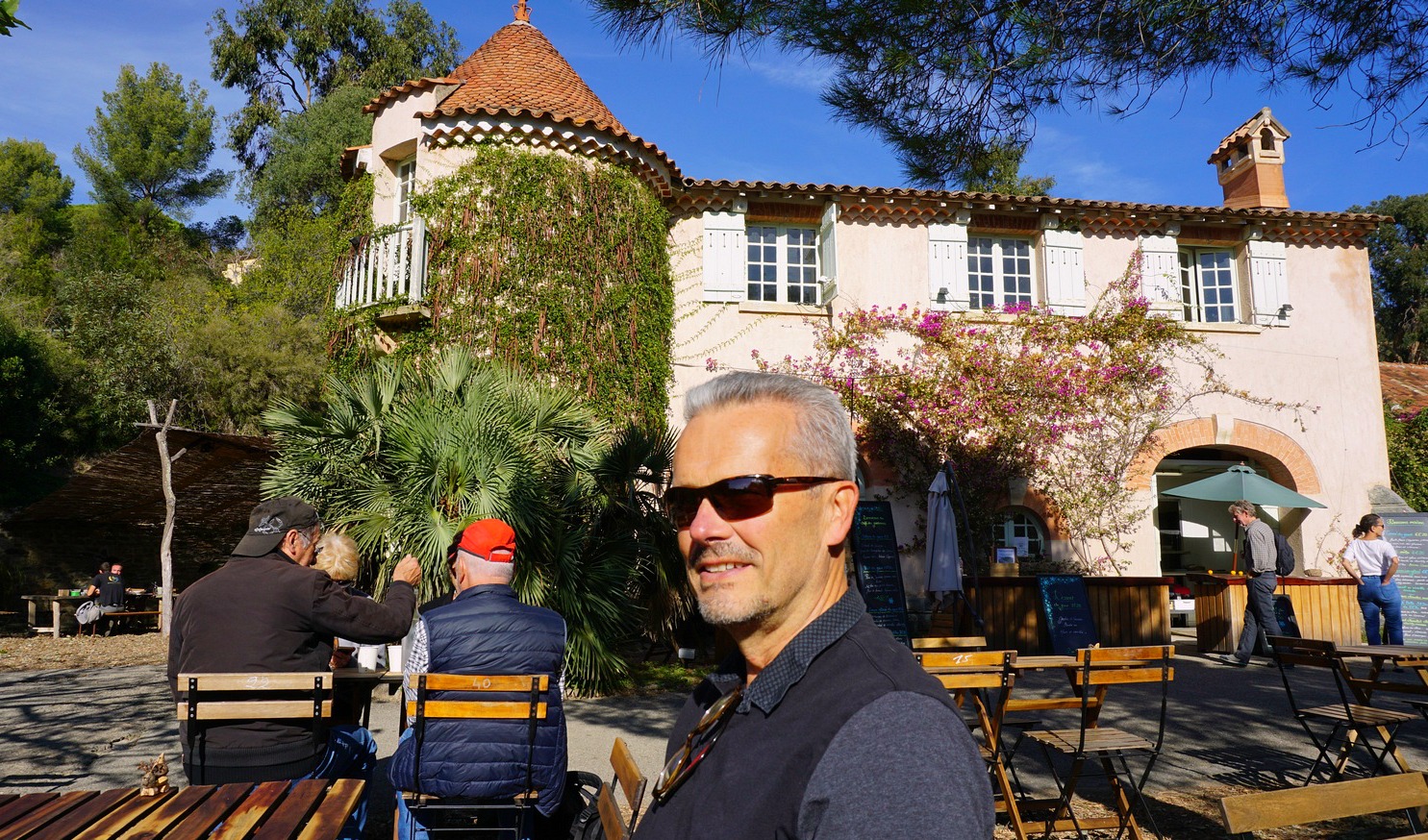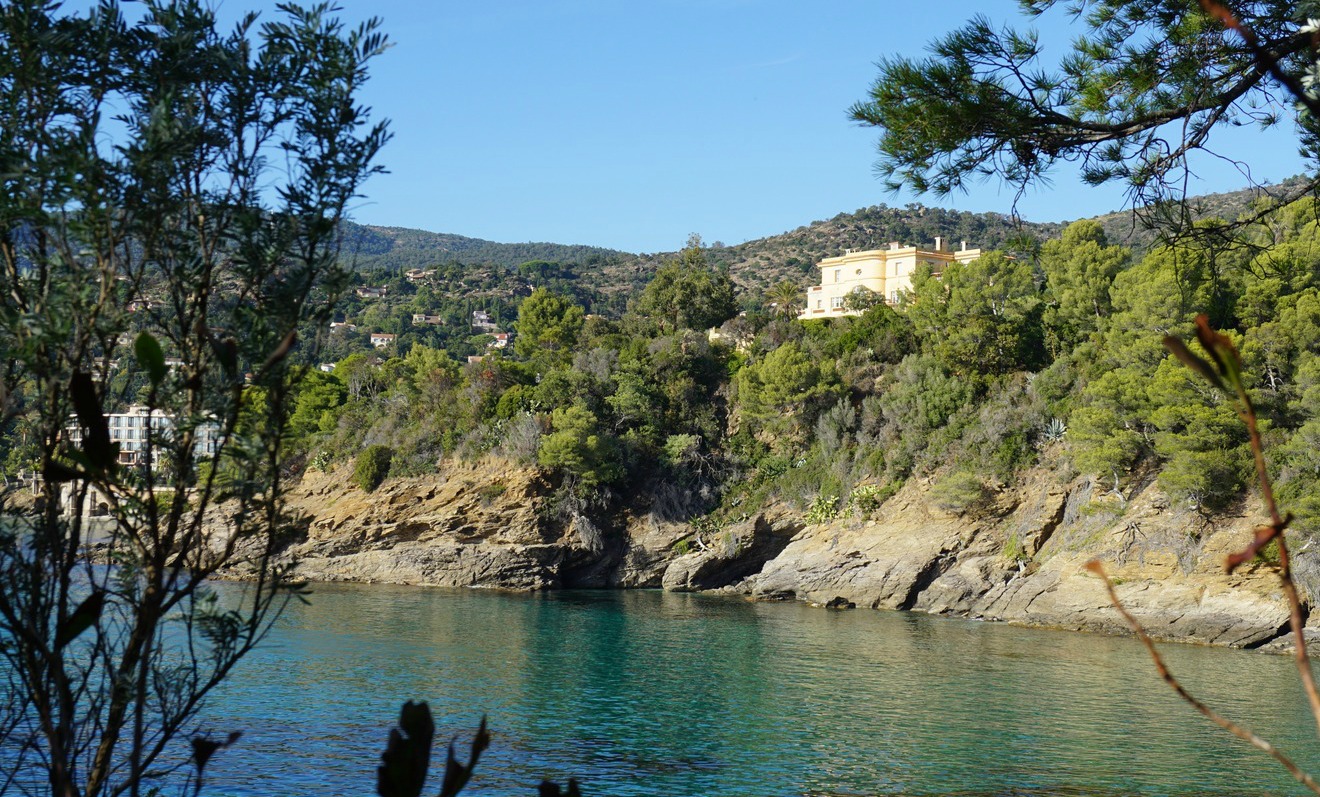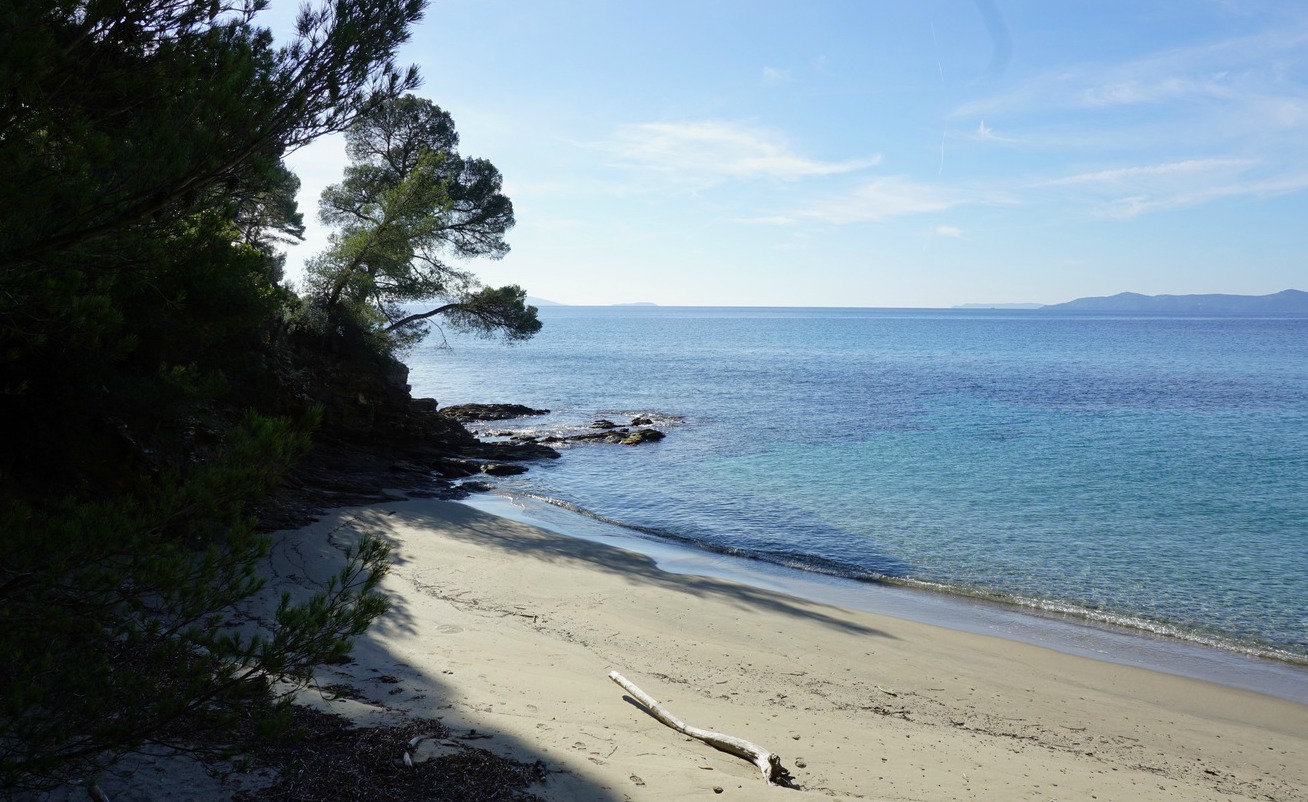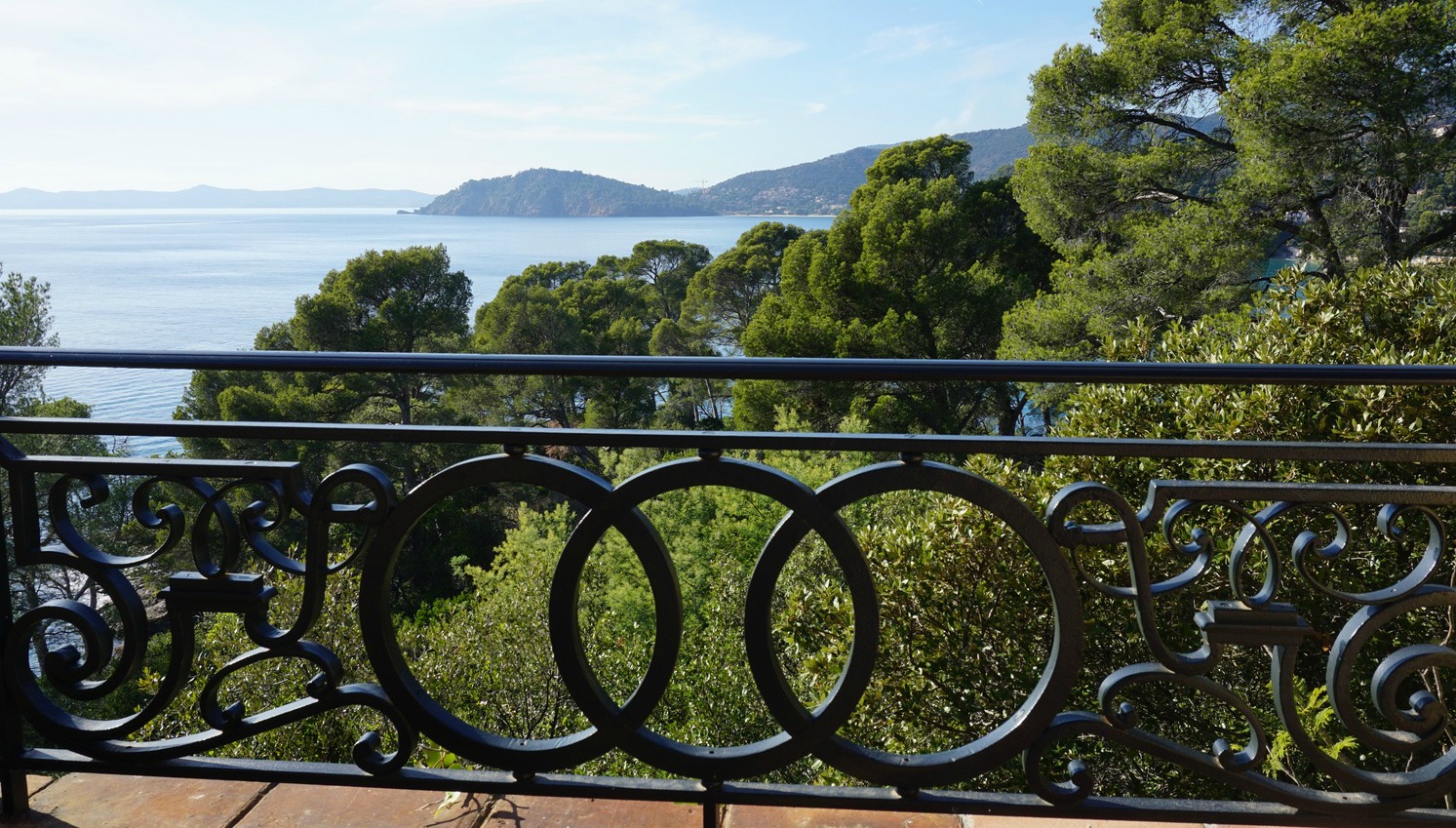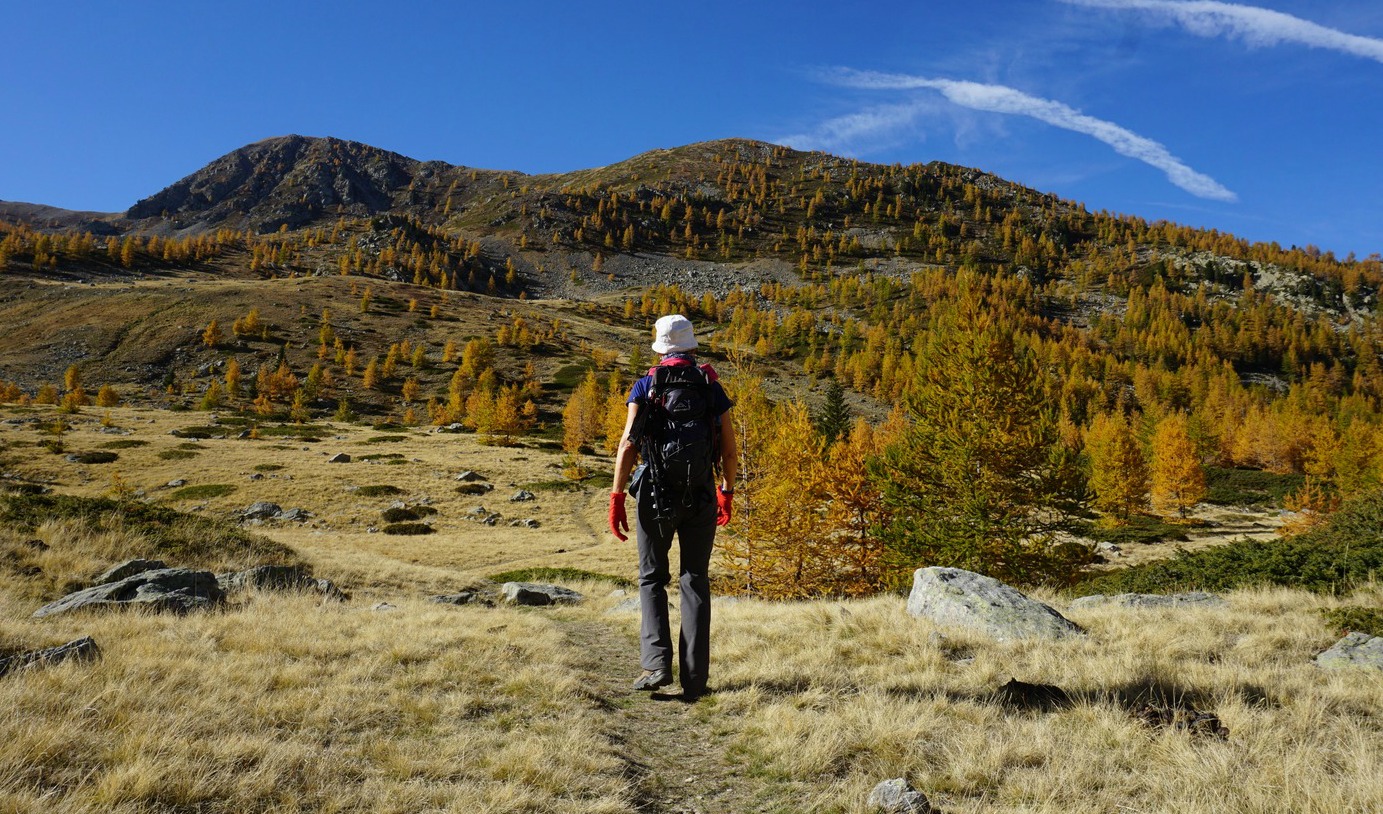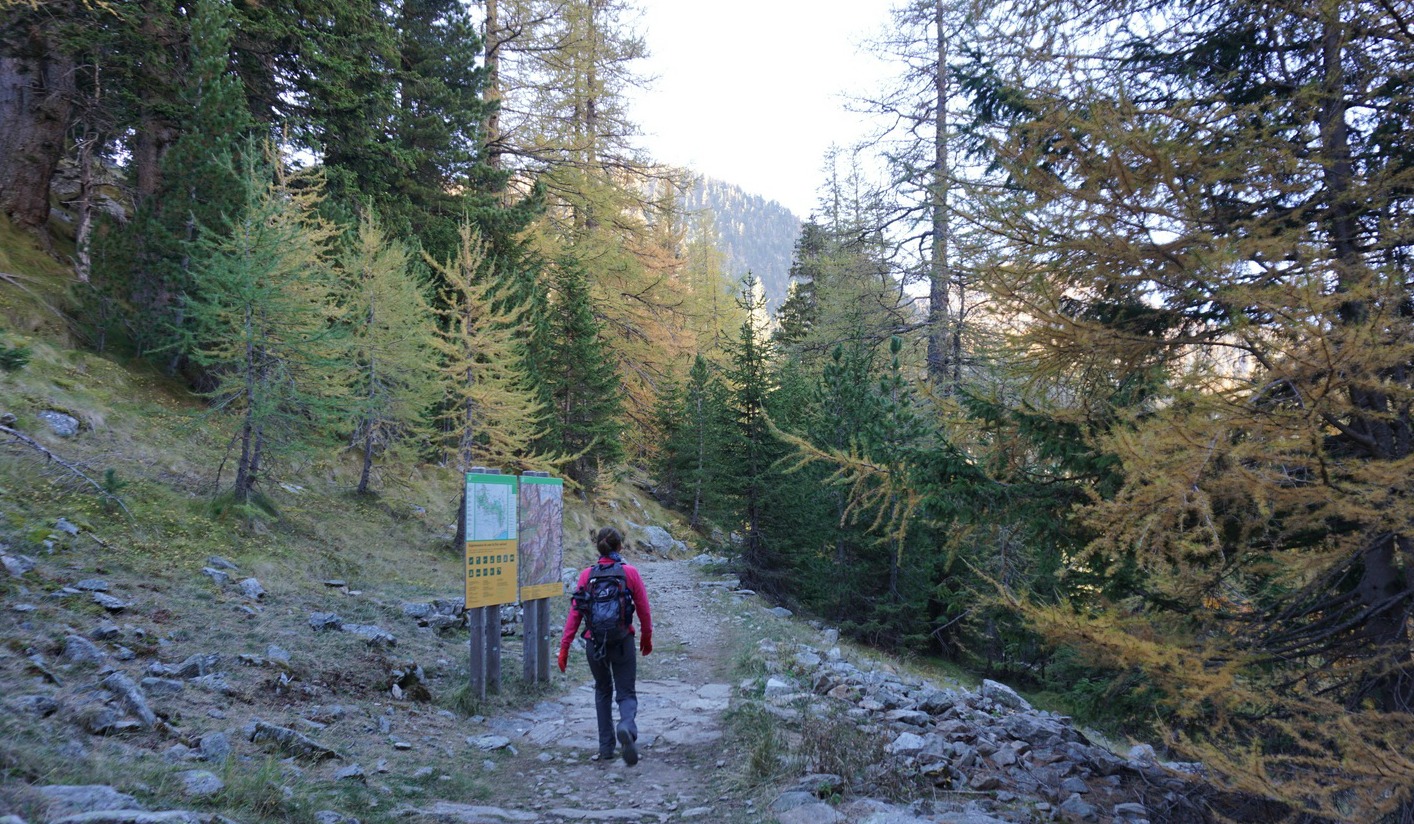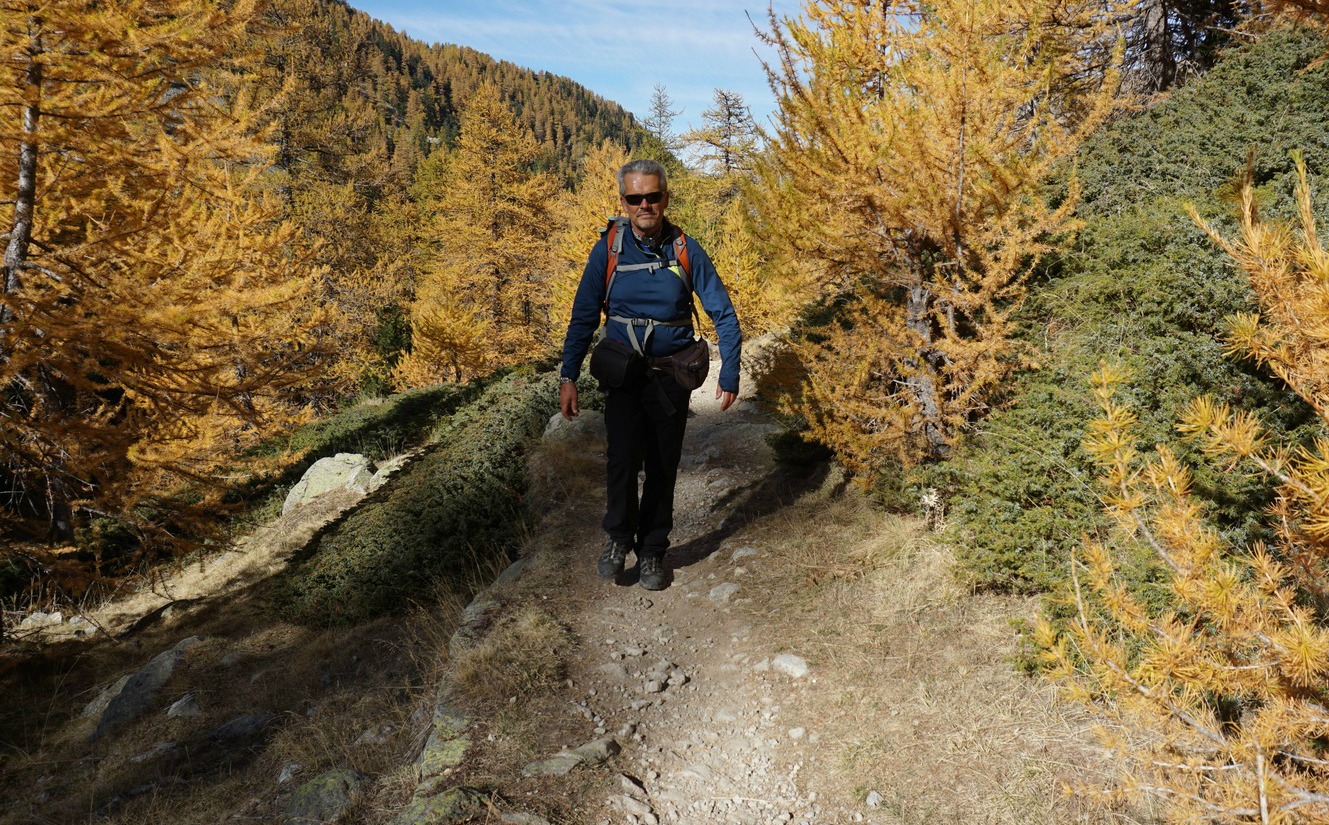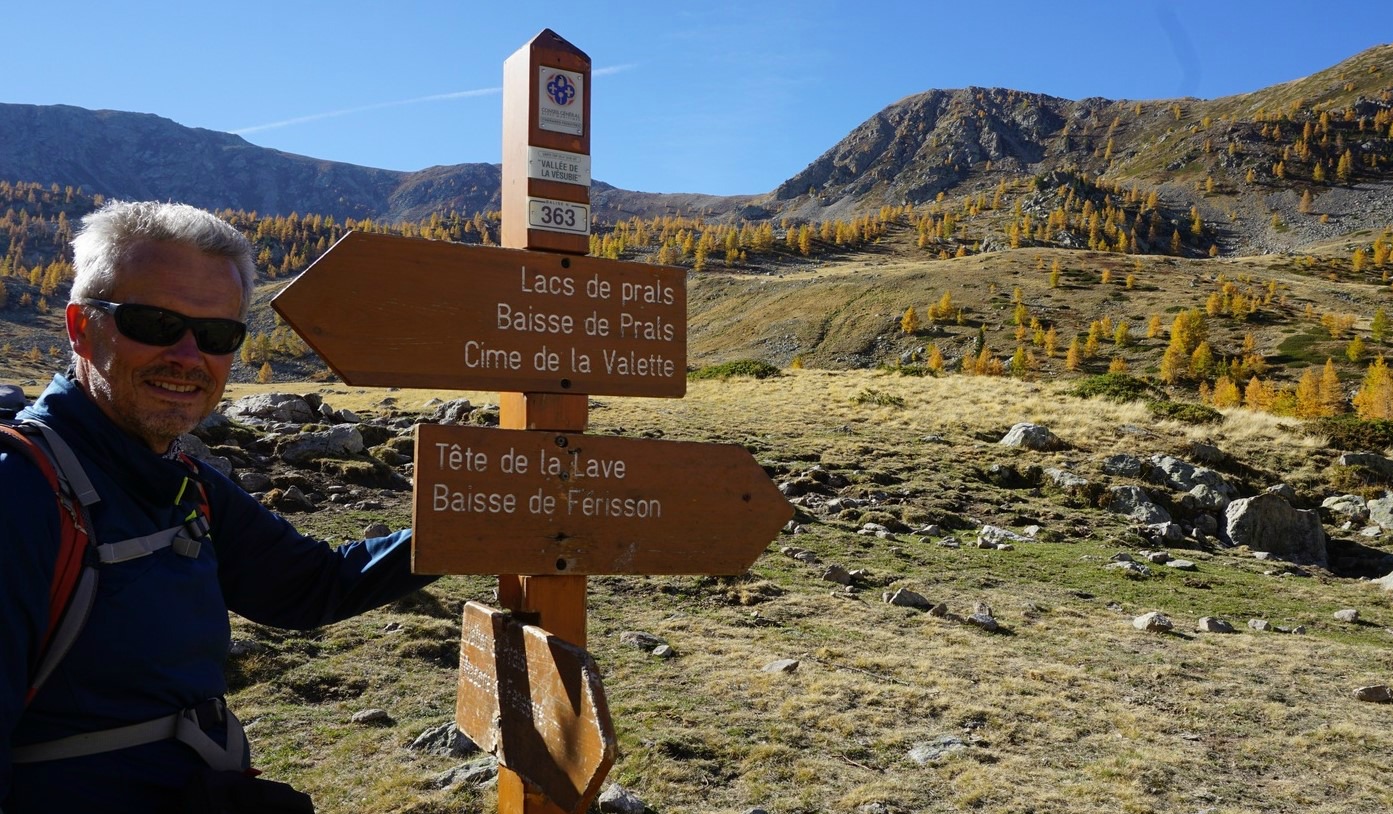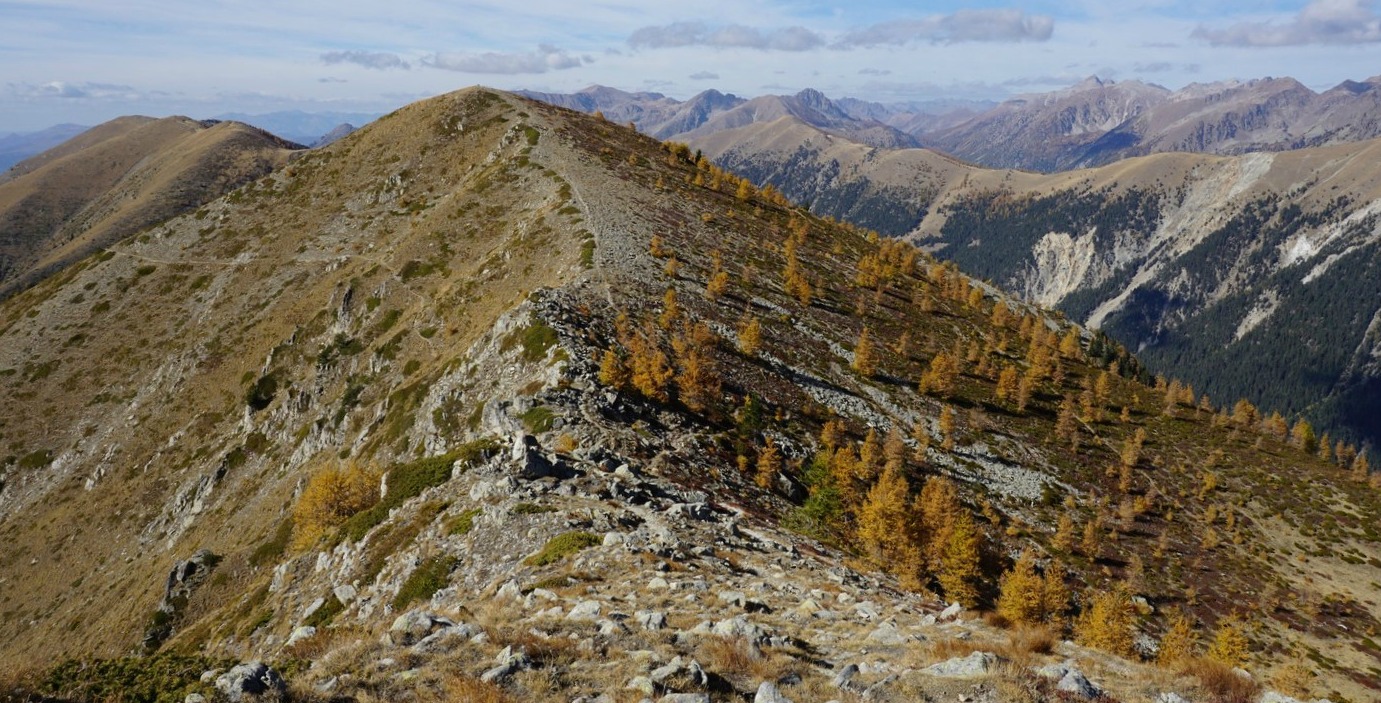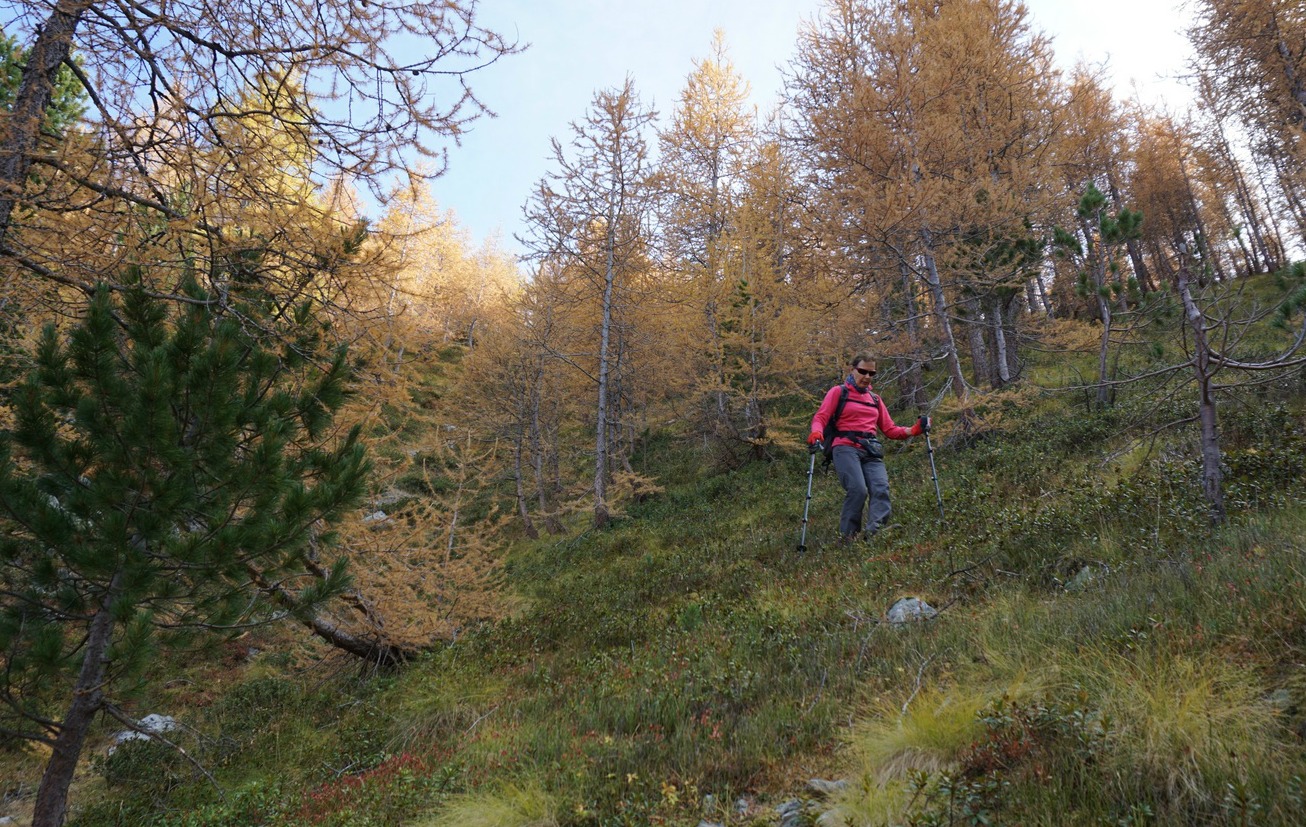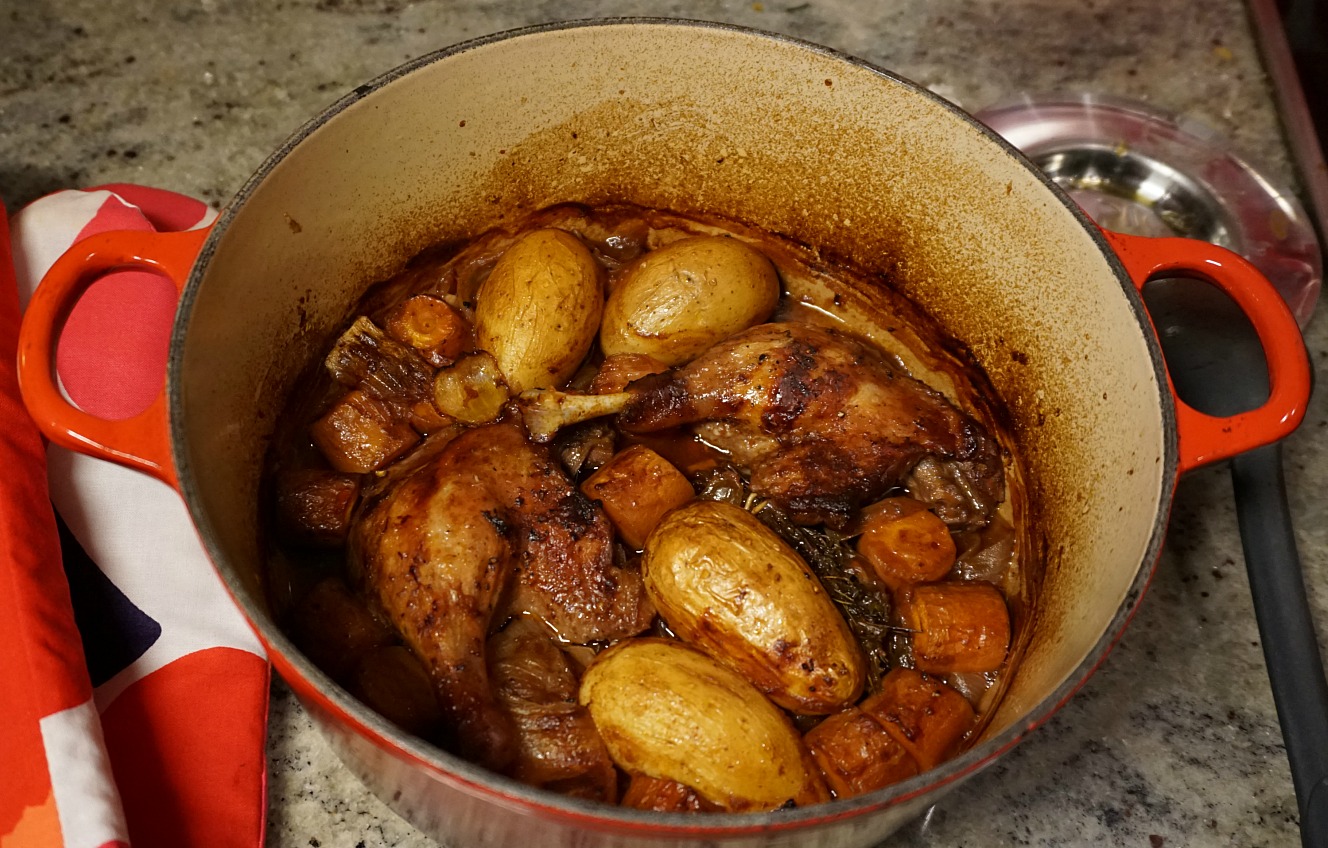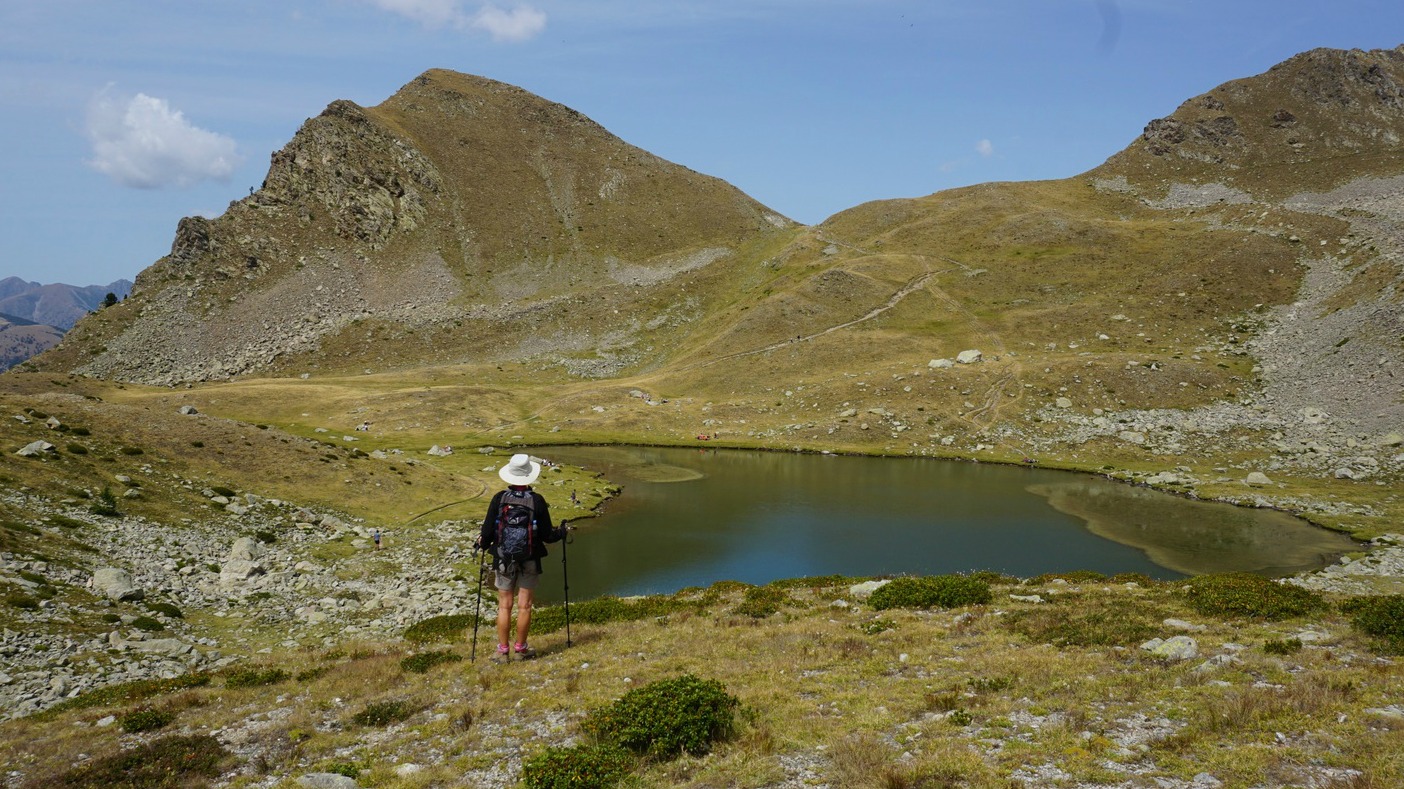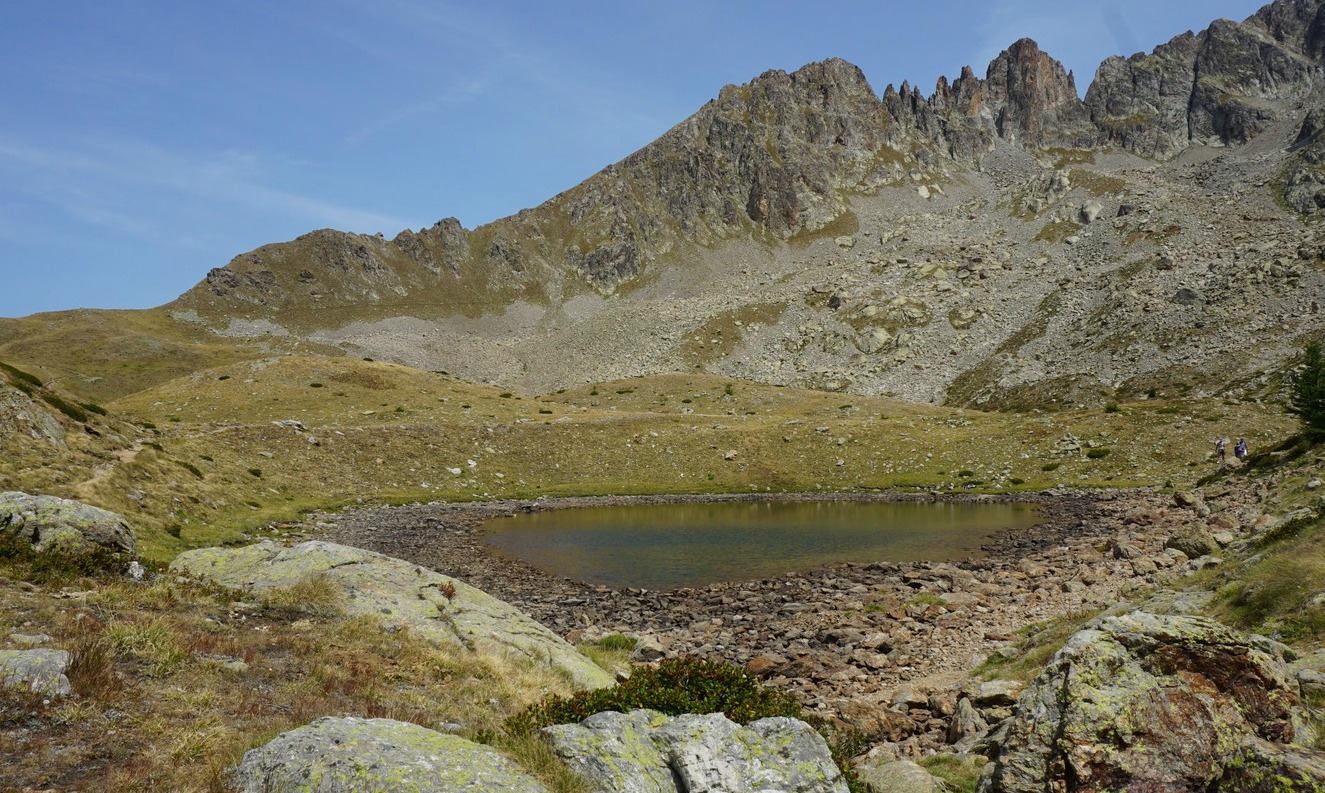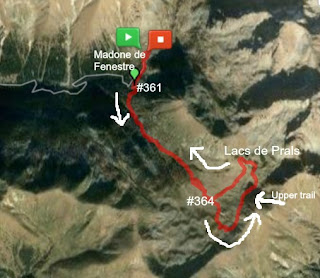Chick pea cream with prawns

Our supermarket in Nice sells good defrosted and peeled giant prawns, gambas. They go nicely with creamy chick pea purée, fresh basil, and olive oil to make a carefree lunch with some baby salad, mesclun. Add a slice or two of whole wheat bread if you like.
2 servings
About 200 g peeled prawns
1 tbsp. olive oil
2- 3 sprigs of basil
For the chick pea cream:
1 tin (400 g) chick peas
2 tbsp. crème fraîche, 15% fat
1 tbsp. olive oil
Juice of ½ lemon
1/3 clove of garlic, minced
Freshly ground black pepper
Some basil leaves, chopped
Rinse the chick peas under running water, then drain and place in a bowl. Add the crème fraîche, olive oil, minced garlic, lemon juice, black pepper, and basil. With a hand-held mixer purée into a nice creamy consistence which is nevertheless thick enough to be eaten with a fork.
Place the prawns in another bowl. Add the chopped leaves of the basil sprigs and the olive oil and mix.
Divide the chick pea purée on the plates and flatten it slightly. Divide the prawns on top of the purée. Add a handful of baby salad leaves on the plates and sprinkle with some olive oil and vinegar dressing.









